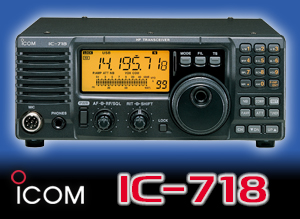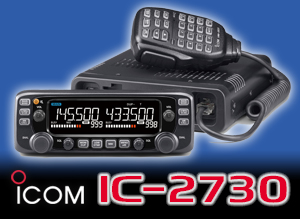Propagation News – 15 June 2025
Propagation was a mixed bag last week with occasional Kp index rises but a solid solar flux index which hit 141 on Thursday 12 June. We also had some Sporadic-E short-skip conditions on the HF bands which brought some surprises.
We are now in June so the summer HF doldrums are well under way. But that doesn’t mean that the fun has gone from the HF bands. Daytime maximum usable frequencies over a 3,000km path have been around 18 to 20MHz, so the main active band has been 20m.
Paul, GM4ULS reports that there was a spectacular inter-G event on the morning of Tuesday 10 June. Whilst activating special event station GB70RS from Perth, he worked a mini pile-up of English stations from anywhere between Southampton and Manchester. This was between 0949 and 1022UTC on 14.210MHz. He said it sounded like the 40m band at times!
We think this was probably a Sporadic-E event which often creates strong but short-lived paths across the UK on the HF bands in the summer. We normally think of Sporadic-E as affecting the 10m band, but the lower bands are also often implicated. Have you worked anything unusual via Sporadic-E? If you have, please send your reports to radcom@rsgb.org.uk
Otherwise, DX on the HF bands has been a little sparse, with paths opening to South Africa and South America on the 20 and 17m bands at times. Perhaps this is a good time to work some Summits on the Air or World Wide Flora and Fauna stations in Europe. These are usually QRP stations and appreciate your contacts.
Next week, NOAA predicts the solar flux index will be in the 120 to 130 range. Unfortunately, geomagnetic conditions are predicted to be unsettled, thanks mainly to the return of a massive coronal hole on the Sun.
Disruption was due to start around the 14 June, but due to the hole’s size this could continue for at least three days with a maximum Kp index of 6. Expect the HF bands to be disrupted with lower maximum usable frequencies as the plasma in the solar wind hits the Earth. It may be a good time for visible aurora hunting though.
VHF and up
The high summer conditions have brought an increasing chance of Sporadic-E, particularly on digital modes with DXmaps.com plots showing plenty of paths on most days.
Many of these are possibly associated with turbulence generated by jet streams in the weather part of the atmosphere. These send atmospheric gravity waves upwards to affect the E region.
It’s this association with specific weather features that makes Sporadic-E sporadic in a geographical sense. If so, in the coming week the jet streams are mainly over the northern fringe of Europe. These suggest a better chance of paths to Scandinavia with fewer options to the south to support paths to the Mediterranean and the Balkans.
In any event, June is high season for Sporadic-E, so remember to check the 6m band either mid-morning or late afternoon.
The early thundery weather at the end of last week was useful for rain scatter on the GHz bands and it is just possible it will return for the end of the coming week.
In between times, it will be a high-pressure story that will dominate and may well produce some useful Tropo conditions. However, note that in the hot days of summer, inversion conditions and Tropo will be better at night and tend to weaken by the middle of the morning.
Meteor scatter will have been boosted by two showers on the 7 and 8 June and, since they were broad peaks, there should be some meteor input left to see us through the coming week.
For EME, sky noise is dropping. Declination, which has been low, is now starting to decrease. So, Moon windows and peak elevation are improving. EME conditions are classed as poor to moderate, today the 15 June, but are then good on the 21 and 22 June.
Category: GB2RS Propagation News










